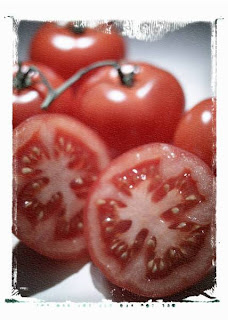A garden provides a wonderful opportunity to discuss American history with your students.
Did you know that Thomas Jefferson grew 250 varieties of more than 70 different species of vegetables? In fact, if you visit the
Thomas Jefferson Foundation website, you can purchase some of Jefferson's seeds, for the low, low price of $2.50 per packet. Don't forget to search by the correct gardening zone--zones 3, 4, or 5 for those fellow Wisconsin gardeners out
there.
Did you know that Michelle Obama did not start the first garden at the White House? Vegetable gardens at the White House date back to Thomas Jefferson, Quincy Adams, all the way through Abraham Lincoln. Eleanor Roosevelt revived the garden during World War II to show her support for the Civilian Defense Program and to encourage citizens to start their own gardens. (More info
here).
Did you know that Native Americans introduced the pilgrims to potatoes, beans, peppers, tomatoes, and squash; while the pilgrims introduced the Native Americans to carrots, wheat, rice, oranges, and wine grapes?
For some more historical connections, go here.
The connections are really endless. Why not focus an entire unit on the historical significance of gardening in the US? You can have students research prominent gardening figures, such as Jefferson, Eleanor Roosevelt, or George Washington Carver, among others. You can discuss how gardening and agricultural practices have changed throughout history, especially in regards to the industrial revolution. Or you can research the history of how certain fruits and vegetables arrived in the United States.
Have you done a history lesson on gardens? I would love to hear what you did and how it worked! Leave your comments below!































 (From the left: Trays filled with soilless potting medium, seeds, microfarm manual, and watering can)
(From the left: Trays filled with soilless potting medium, seeds, microfarm manual, and watering can)




